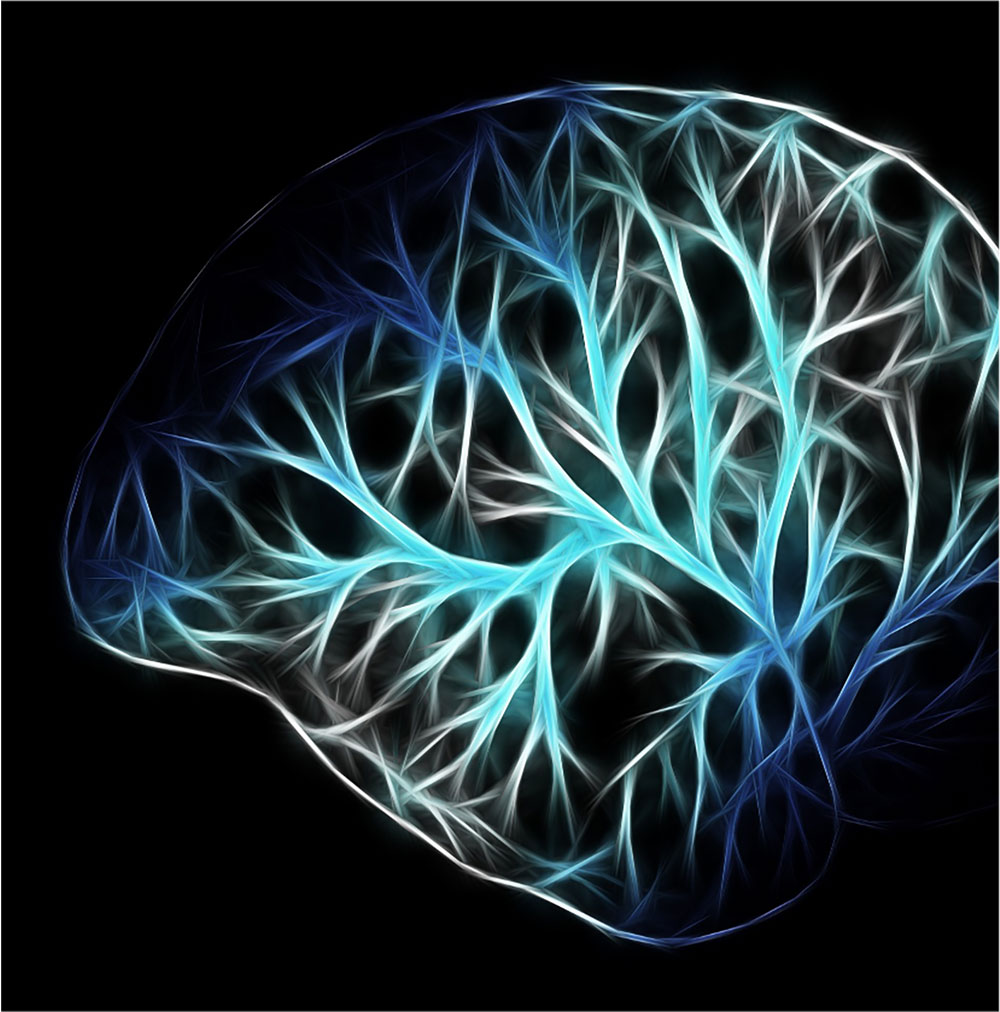About ADHD
Attention-Deficit Hyperactivity Disorder is a neurodevelopmental disorder that affects about 5-7% of adults.
As an adult, ADHD is often revealed during major life events such as:
- Starting post-secondary
- Career advancement
- Changes to family dynamics (beginning or separating a family)
- Menopause
- Retirement
These are a few of the life events which may uncover your ADHD. It is important to note that ADHD is not an intellectual disorder; you can have ADHD, a high IQ and still be negatively impacted by ADHD.
The underlying symptoms of ADHD are the same, however, the impairments present differently in everyday life from person to person. Adults with ADHD can experience academic failure, occupational difficulties, numerous job changes, relationship problems, financial difficulties, and substance use. In most adults, ADHD is often accompanied by a co-existing condition such as anxiety or depression.
Some other ways ADHD might show up in a person’s life:
- Having difficulty with focus during conversations, one’s mind is elsewhere
- Feeling like you are not working to your potential or underachieving
- Working significantly harder than your peers to achieve the same results
- Feeling frustrated and impatient, having emotional outbursts
- Not being able to finish reading an article or a book
- Being easily distracted by the sights and sounds in the environment
- Over/underestimating the time required to complete tasks
- Hyper-focusing on a task while ignoring the surroundings
- Procrastinating or delaying the start of important tasks
- Impulsive spending, eating, drinking, or sexual activity
- Frequent driving accidents or traffic tickets
- Poor organization
- Forgetful in daily activities
- Consistently loses or misplaces things such as keys, wallet or glasses
ADHD is highly heritable, and if one family member has ADHD, it is likely that another member also has ADHD. The exact cause of ADHD is still unknown; we do know that there are differences in the brains of people who have ADHD compared to those who do not.
The ADHD Brain is Different from the Non-ADHD Brain

A PET scan can illustrate the difference between a brain with ADHD and one without.
PHOTO: NEUROSCIENCENEWS
What is different in the ADHD/ADD brain?

The ADHD brain structure is different:
- It is smaller, has less volume in some brain regions and has less cortical thickness
The ADHD brain functions differently:
- Less activation of networks is needed for executive function and attention
- Excessive activation of networks causes hyperactivity and impulsivity
The ADHD brain has problems with some pathways:
- The neurotransmitters dopamine and norepinephrine — the brain pathways are not working well.
| Cao M, et al. Front Neuroanat. 2016;10:25. Cubillo A, et al. Cortex. 2012;48(2):194-215. Friedman LA, Rapoport JL. Curr Opin Neurobiol. 2015;30:106-111. | Hoogman M, et al. Lancet Psychiatry. 2017;4(4):310-319. Kasparek T, et al. J Atten Disord. 2015;19(11):931-943. Tripp G, Wickens JR. Neuropharmacology. 2009;57(7-8):579-589. |
The Adult ADHD Self-Report Scale (ASRS-v1.1) Symptom Checklist is a tool that healthcare providers may use to screen for Adult ADHD. This is not a diagnostic tool but a screener to indicate if a further detailed assessment is necessary. Although we do not use this screener at our Centre, you may download a free Adult ADHD Self-Report scale below.